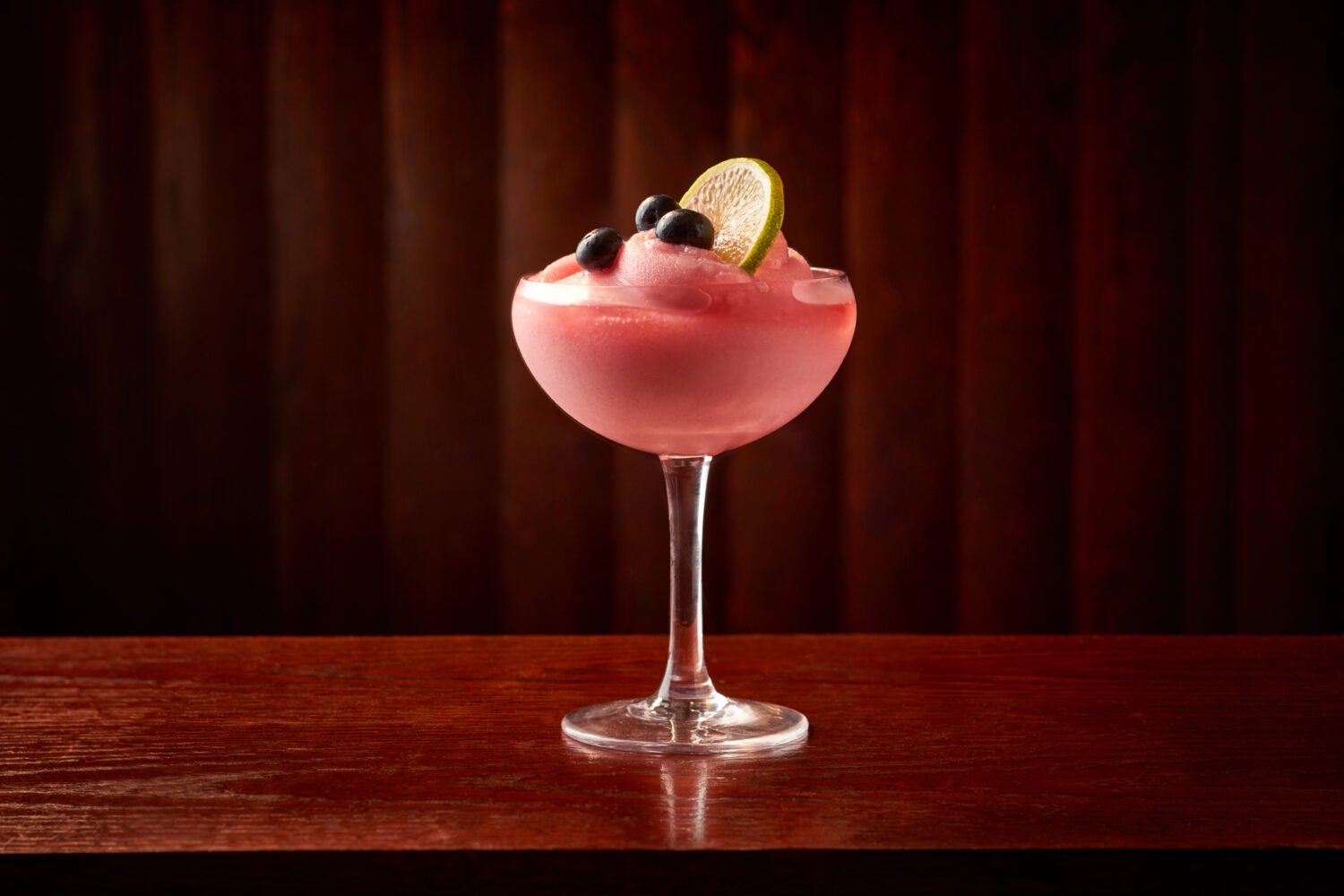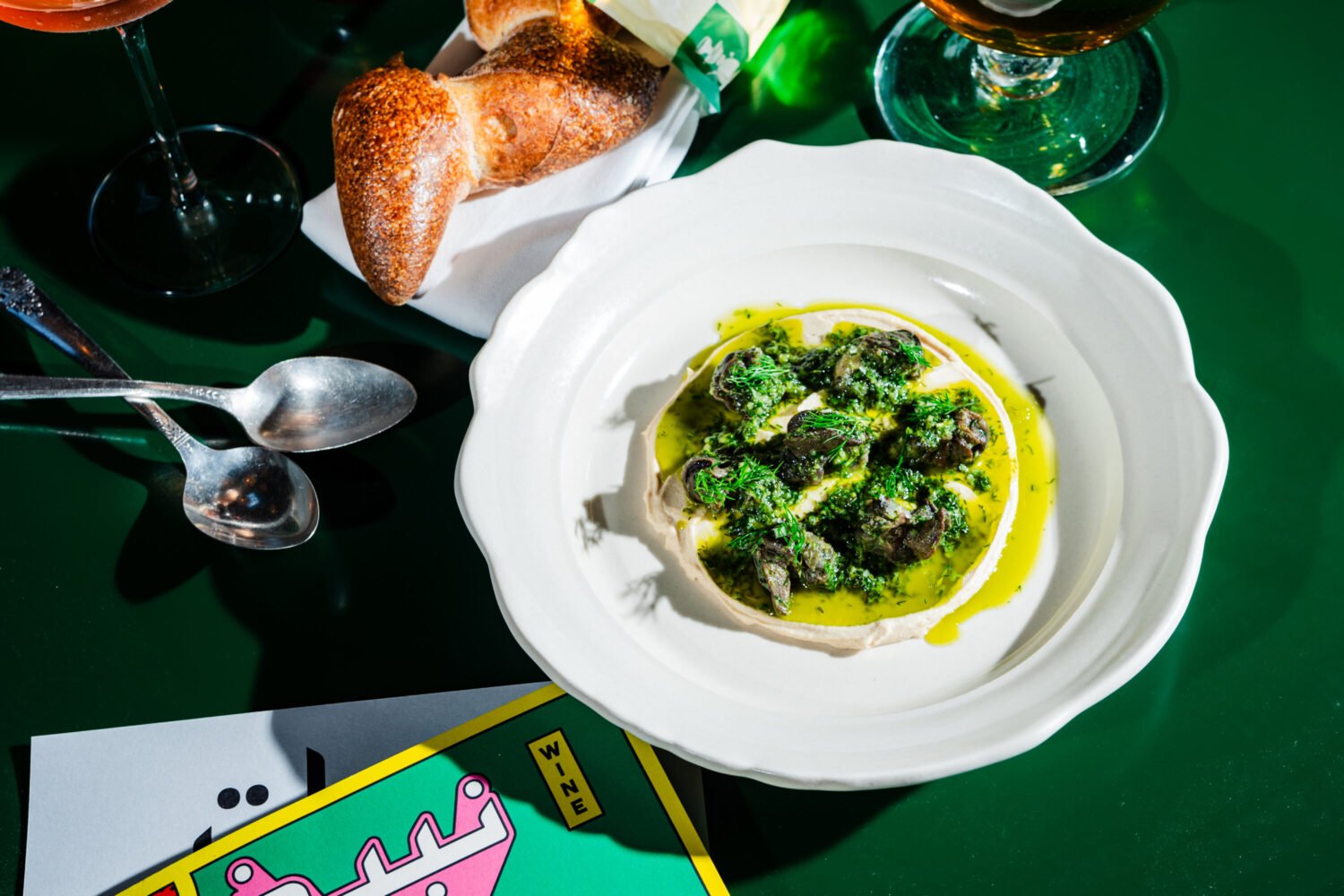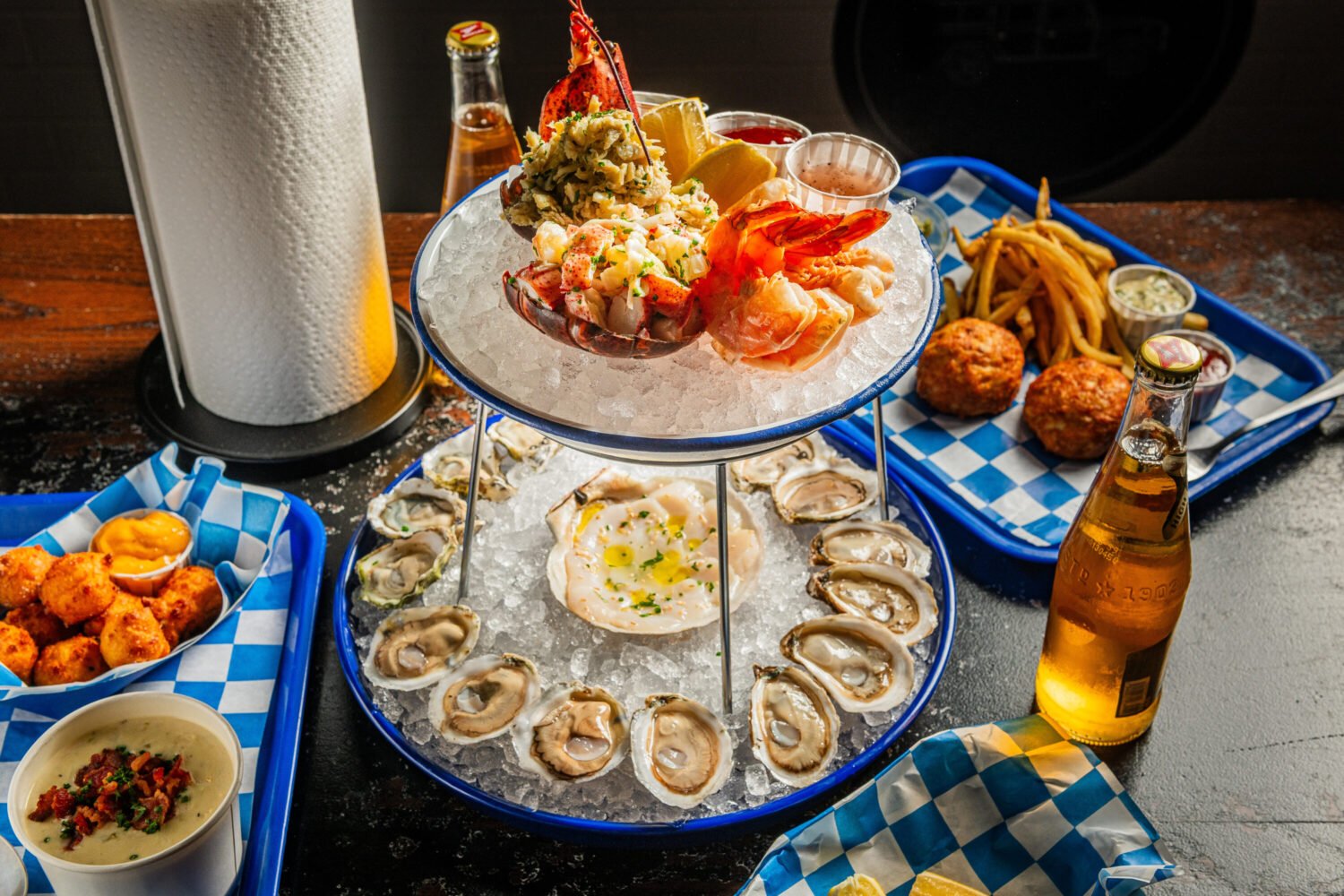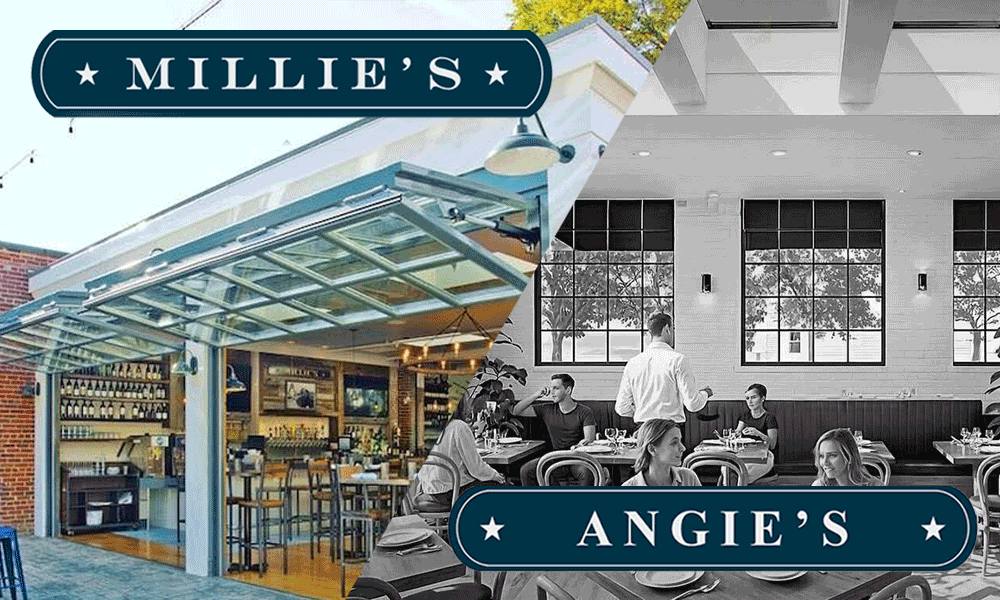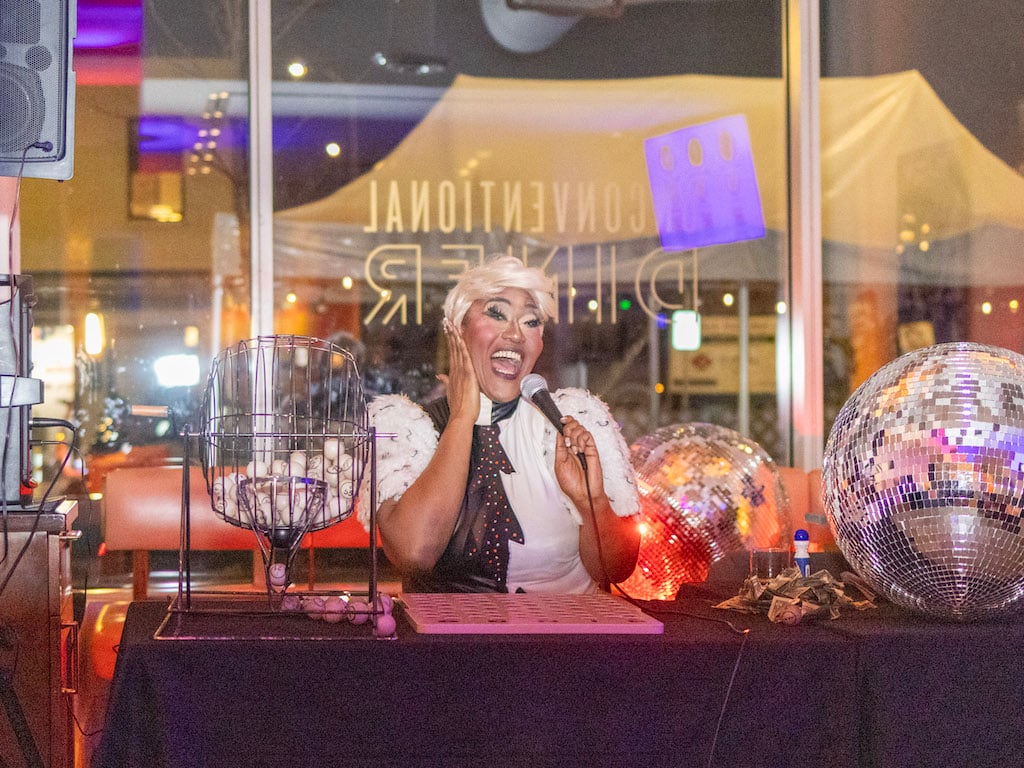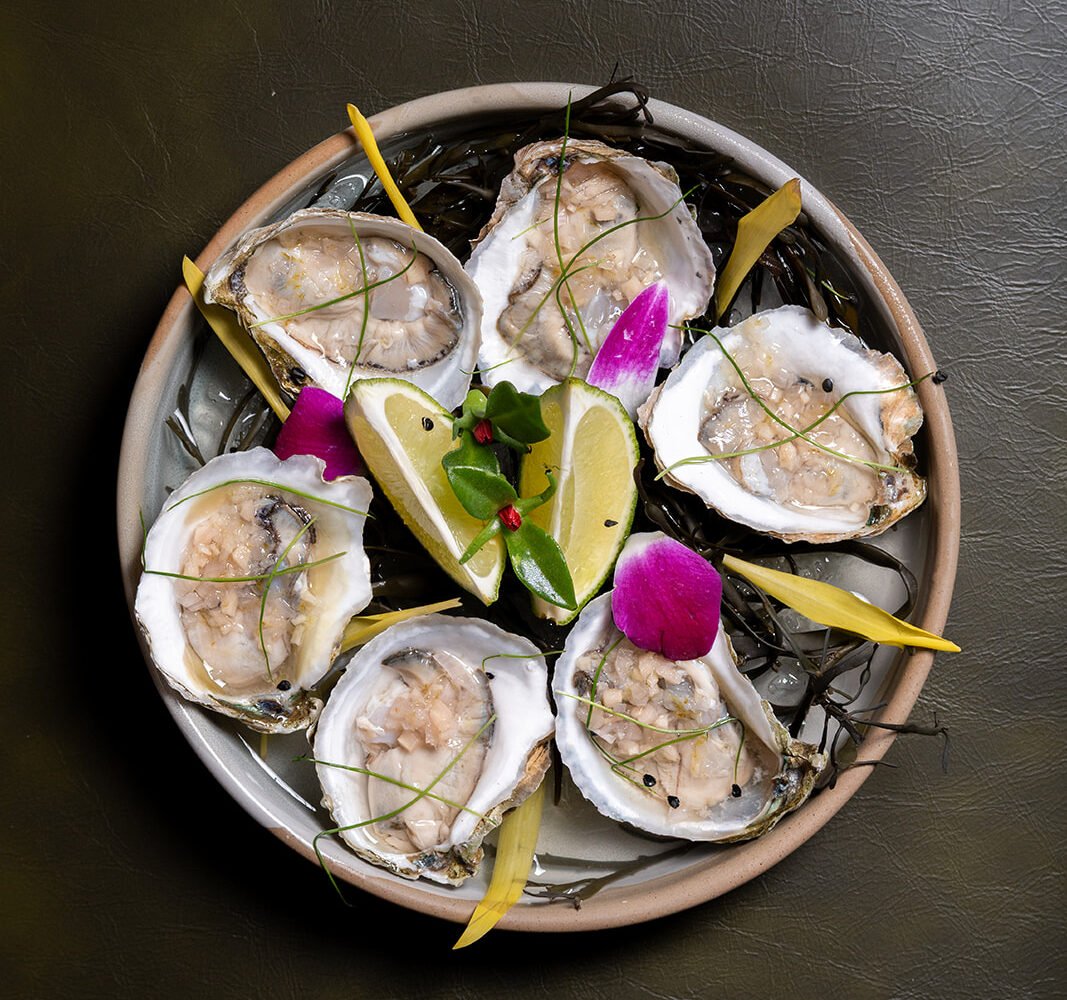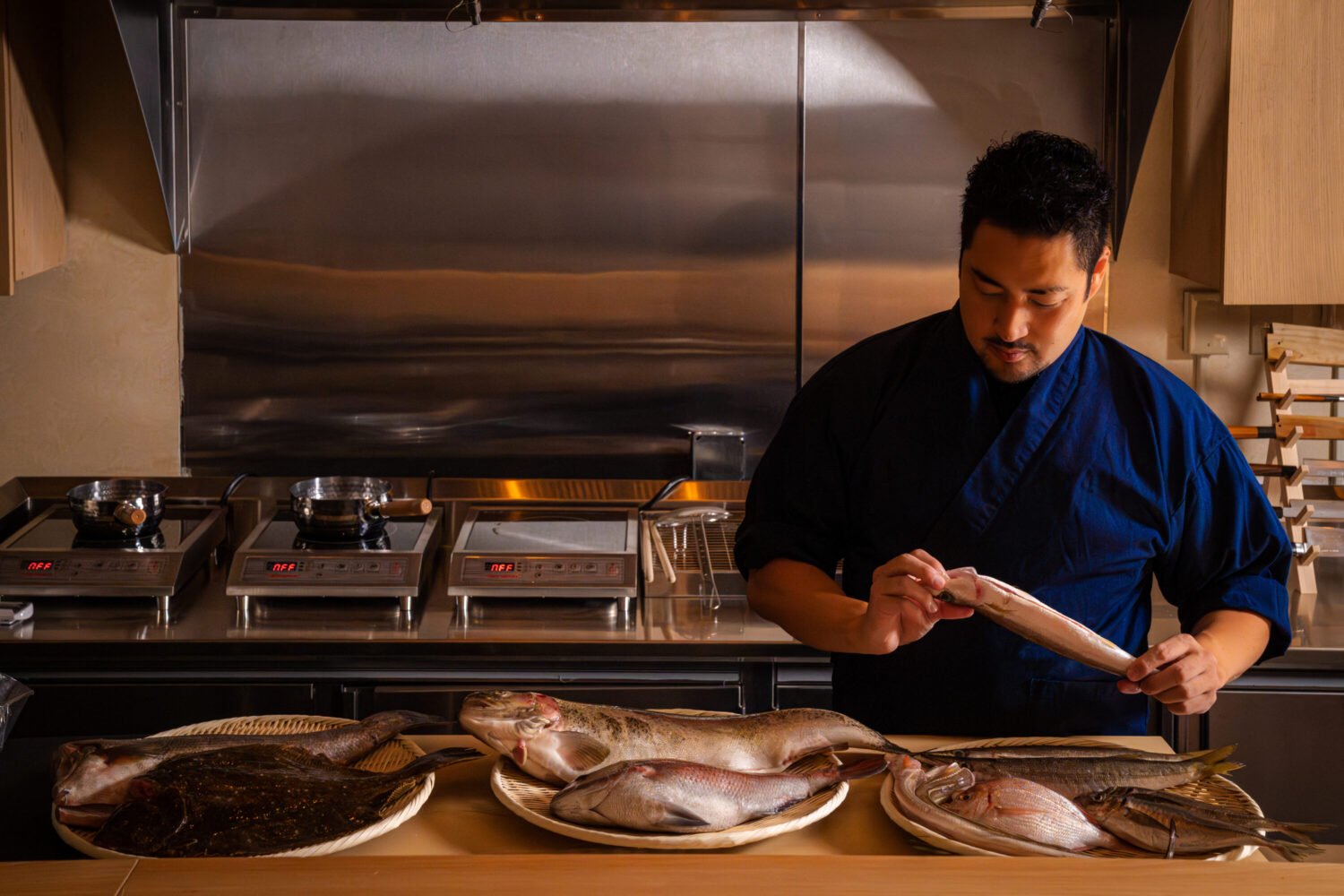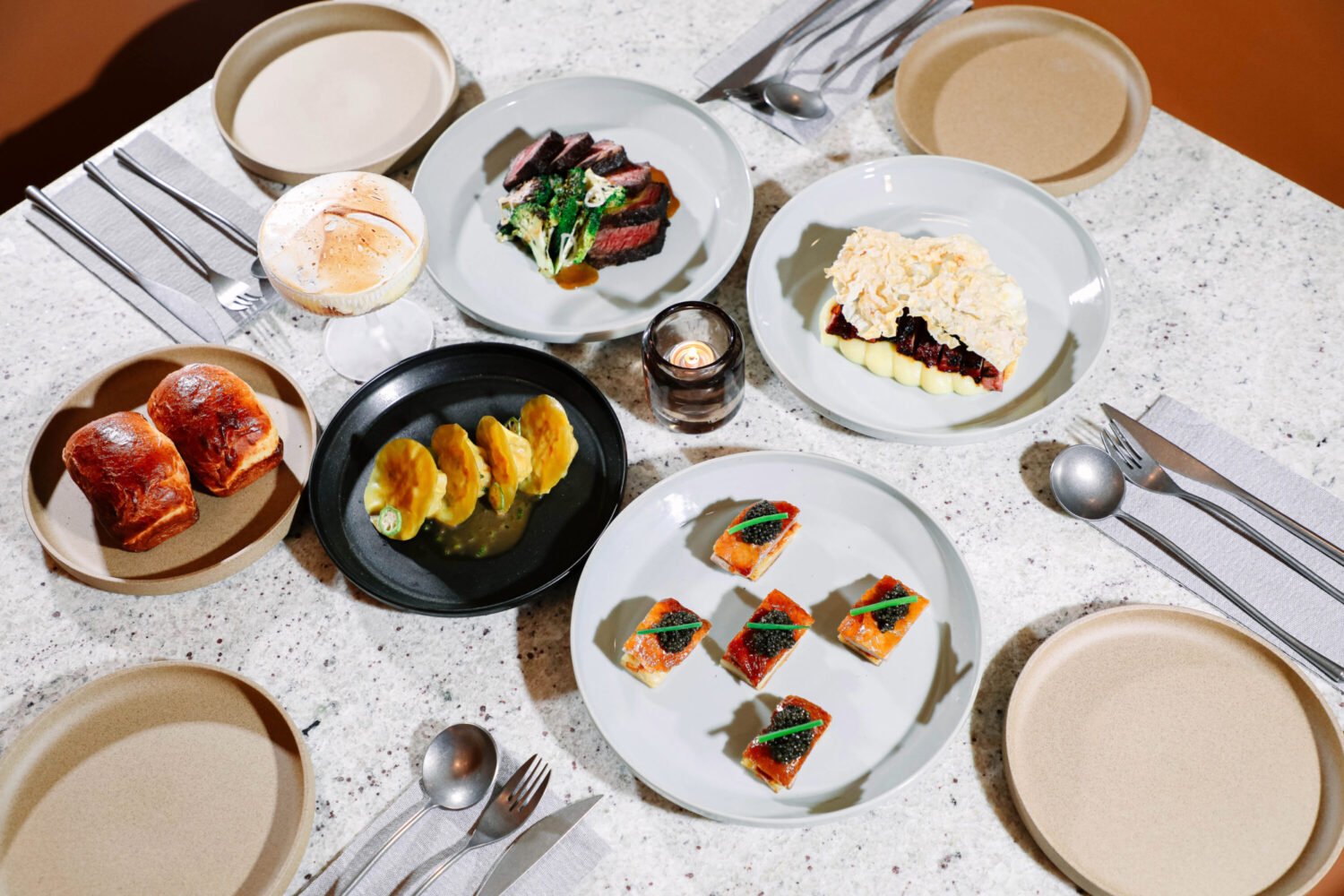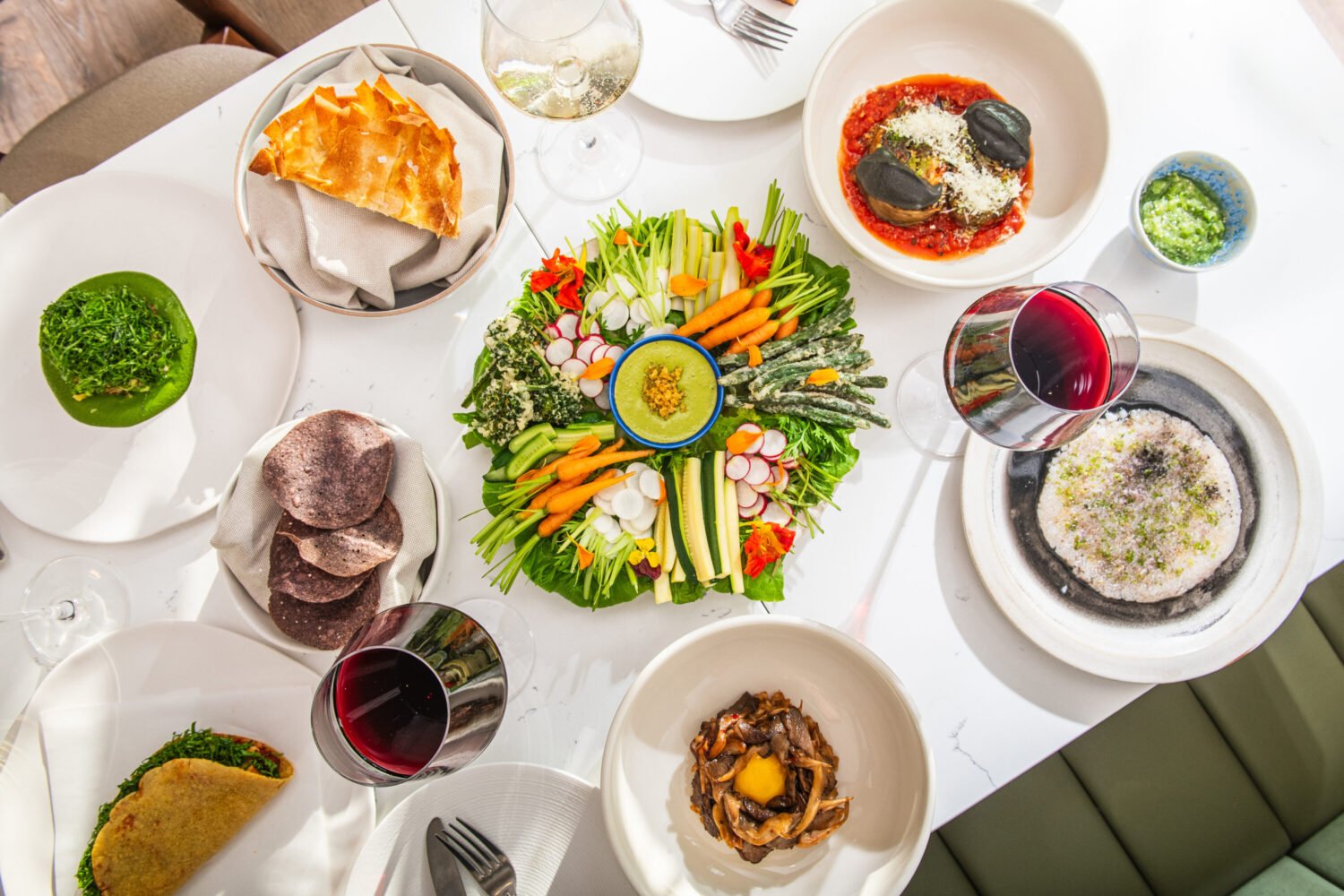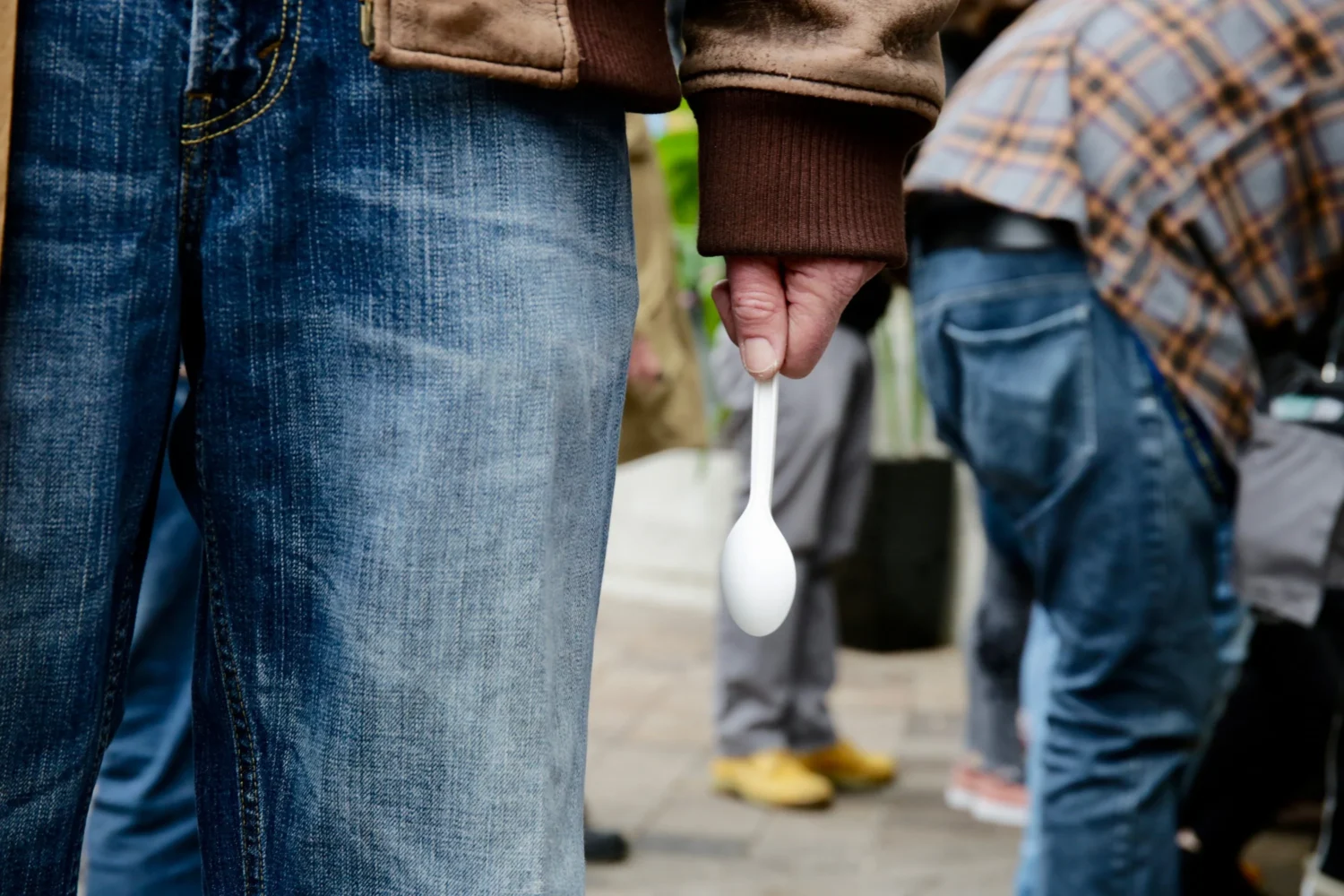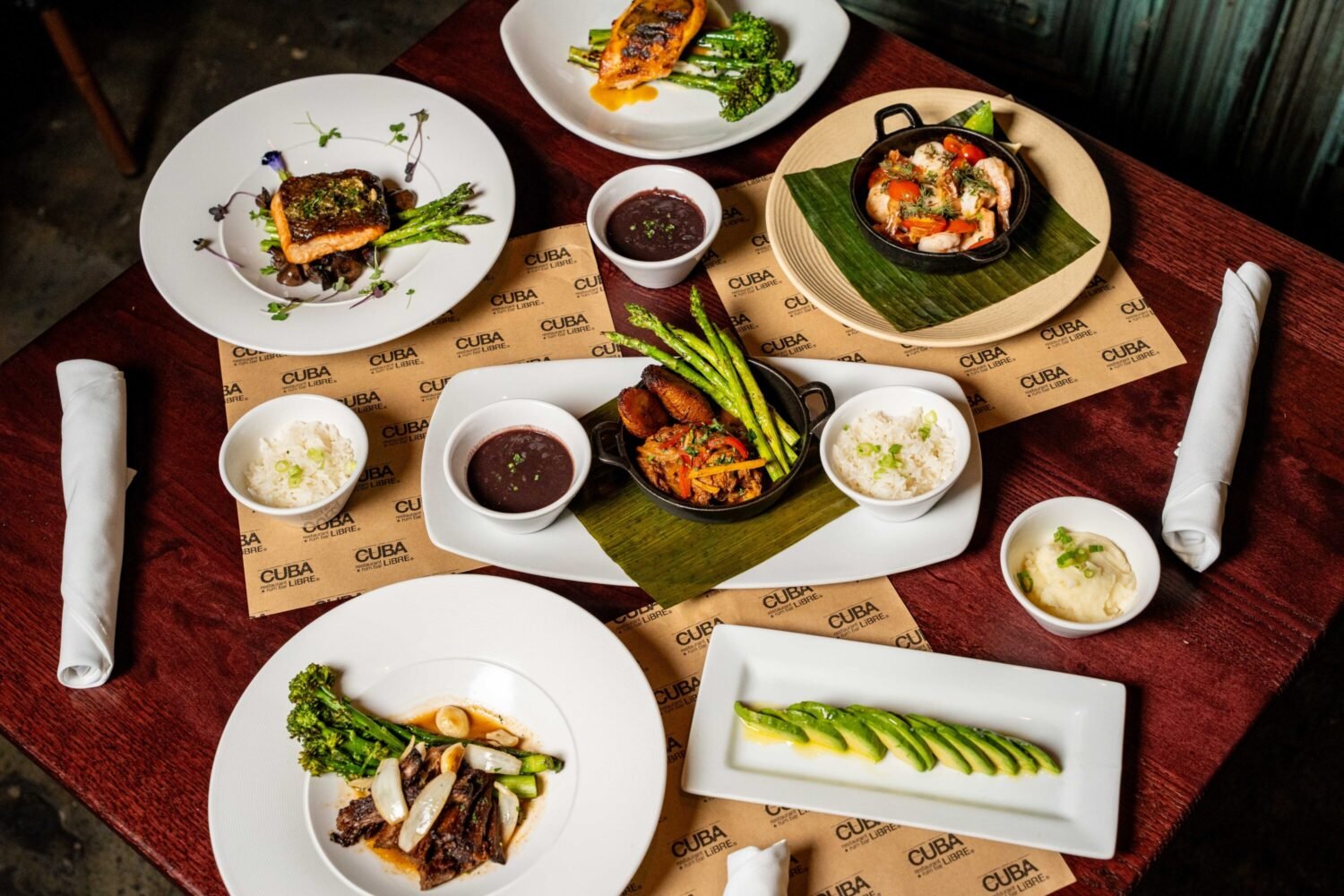About Restaurant Openings Around DC
A guide to the newest places to eat and drink.
Koryouri Urara. 1608 Wisconsin Ave., NW.
Japanese restaurants have been taking over Georgetown lately. Among the openings just this spring: Two Nine, serving chirashi bowls and pastries by day and omakase by night, and Sushi Gaku, offering different styles of sushi and another omakase option. The latest is Koryouri Urara, a 22-seat dining room from chef Urara Iwasaki, who serves a tasting menu devoted to homestyle cooking with seasonal and high-end ingredients.
“I would like for the guests to feel that I am inviting them to my house party. The food I cook is something I cook for my friends or my family for a special occasion,” Iwasaki says. She will also debut an upstairs sushi counter this fall. And if you’re looking for something more casual, the restaurant’s patio opens this week with sushi rolls and sake.
Iwasaki comes from a small city outside Tokyo called Yokosuka, where she used to help her parents run a restaurant specializing in traditional lunch sets and siphon coffee. It was there that Iwasaki started an izakaya-style counter and found her passion for food. After moving to the US in 2011, Iwasaki worked at Izakaya Seki before becoming an international flight attendant—a job she still does from time to time. She went on to work for chef Minoru Ogawa at Sushi Ogawa and, most recently, at wagyu-tasting restaurant Kappo in the Palisades.
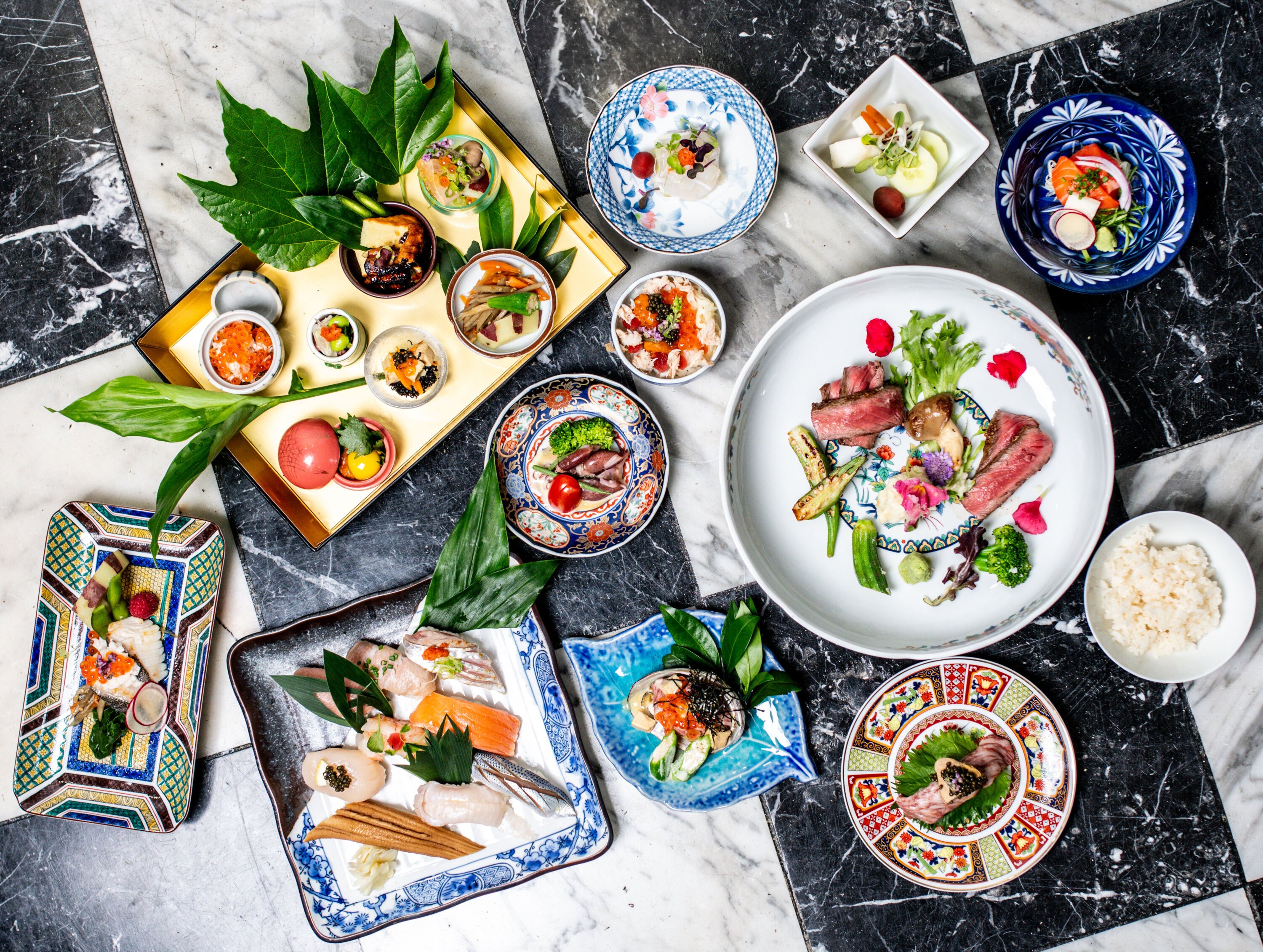
Koryouri Urara follows a traditional Japanese way of naming restaurants with the type of cuisine followed by the name of the chef. “Koryouri” means small dishes. The $138 tasting menu features eight to ten of these seasonal plates, beginning with Iwasaki’s signature chawanmushi, an egg-dashi custard that might include lobster and shiitake. “That is something that really reminded me of home, reminded me of my mother, reminded me of Japanese food,” Iwasaki says.

The menu will also always feature at least one sashimi course, such as a kombu-cured Mediterranean branzino marinated in a yuzu kosho vinaigrette and served with dashi jelly and caviar. Other opening highlights included a deep-fried lotus root sandwich stuffed with minced Japanese pork and wagyu.
Iwasaki has recruited former Sushi Ogawa and Sushi Capitol executive chef Tetsuya Nakata to lead the sushi counter, coming this fall. Nakata will serve a sushi-only omakase in the $100 to $120 range, but a la carte options will also likely be available in the small dining room.
While “omakase” has become a mainstream word, Iwasaki wants to also introduce diners to the term okonomi. “Omakase is up to chef. But Okonomi means whatever you like as the guest,” she explains.

Both the upstairs and downstairs menus will be accompanied exclusively by wine rather than sake (though an occasional sake may be available). It’s a trend that Iwasaki has picked up from many of the new restaurants she’s visited in Japan: “Wine is becoming very big these past ten years. And personally, I love wine.” She hopes to highlight small European and Japanese winemakers whose bottles you won’t find in many other places. A set pairing is coming soon for $115.
Beginning Wednesday, June 11, the restaurant will also debut its no-reservations patio, where Iwasaki hopes to bring a rotation of casual concepts. First up: a menu of cooked fusion rolls such as crunchy summer vegetables wrapped in buttery wagyu, or fried shrimp with cooked salmon, jalapeno, and spicy chili oil. The patio will serve only canned beers and cups of sake for now, but going forward, Iwasaki is looking to collaborate with sake makers or bartenders. In the winter, the patio may feature a soup pop-up with curry udon, or Iwasaki’s Filipino sous chef may help to create a Filipino-Japanese menu.
“The patio, I don’t really want to talk about tradition,” she says. “It’s just something fun.”


